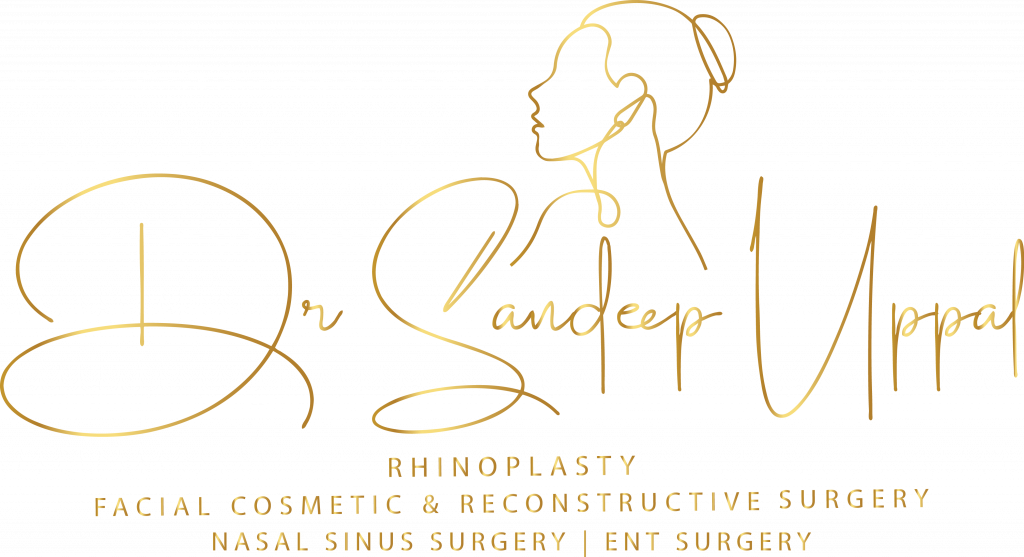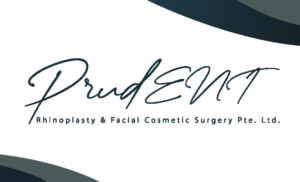Paediatric Septoplasty & Septorhinoplasty in Singapore: Safety, Benefits & Evidence Based Support
INTRODUCTION While septoplasty is a commonly performed operation in adults, its use in children is less frequent and controversial. Paediatric Septoplasty is performed by a paediatric ENT specialist with unique training and expertise in managing nasal issues in children and teens. The procedure was first described in 1902 by Freer [1], but initial results were unfavourable, leading to deformities such as saddle nose and maxillary retrusion. In the 1950s, surgeons cautioned against performing septoplasty in children, fearing that resection of the quadrilateral cartilage would impair nasal growth [2]. Farrior and Connolly reinforced this belief in the 1970s, arguing that nasal surgery should be delayed until complete nasal development [3]. However, later studies and clinical observations began to support the safety and necessity of paediatric septoplasty in appropriately selected cases [4]. DEBUNKING THE MYTH: DOES PAEDIATRIC SEPTOPLASTY/ SEPTORHINOPLASTY AFFECT GROWTH? Early concerns about paediatric Septoplasty and Septorhinoplasty were based on flawed animal studies where aggressive septal cartilage removal without mucoperichondrium preservation led to growth inhibition [5]. Research by Hartshorn and others indicated that septal cartilage removal with mucoperichondrial preservation did not impede facial growth, affirming that modern conservative techniques can preserve nasal and maxillary development [6]. Jugo and Triglia et al. conducted human studies in the 1990s, demonstrating that paediatric external septoplasty, when performed appropriately, does not cause adverse anthropometric effects [7]. Additional anthropometric studies confirmed that septoplasty does not significantly alter facial skeletal growth, and Tasca et al. in 2011 validated these findings with long-term follow-up on endonasal paediatric septoplasty cases [8]. UNDERSTANDING NASAL GROWTH CENTRES Figure : Original figure by Grant S. Hamilton, III. The neonatal nasal septum showing ventrocentral area of thin cartilage, sphenospinal zone, and sphenodorsal zone. The nasal septum plays a pivotal role in facial development, particularly in the sphenodorsal and sphenospinal zones [9]. Research highlights that preserving the mucoperichondrium is crucial for maintaining nasal growth [10]. Failure to intervene when necessary can result in progressive nasal obstruction, worsened facial asymmetry, and compromised maxillary growth [11]. INDICATIONS FOR SEPTORHINOPLASTY IN CHILDREN Paediatric septorhinoplasty is indicated for multiple conditions, including: Septal abscess with cartilage necrosis – This is an emergency and requires immediate septal reconstruction. Severe Nasal Obstruction – Chronic breathing issues can impair sleep, learning, and exercise tolerance [12]. Obstructive sleep apnoea. Post-Traumatic Deformities – Early correction can prevent long-term functional and aesthetic complications [13]. Congenital Malformations – Conditions such as dermoid cysts and cleft lip and palate necessitate surgical intervention [14]. Progressive Nasal Distortion – Delay in correction can lead to worsened asymmetry [15]. Saddle Nose Deformity – Delayed treatment can lead to nasal contracture, complicating future interventions [16]. THE RISKS OF DELAYING SEPTORHINOPLASTY IN CHILDREN Delaying necessary surgery in children with nasal deformities can have long-term consequences, including: Nasal Contracture and Structural Collapse – Progressive contracture of soft tissues can lead to severe deformities [17]. Deficient Skin Envelope – Delayed intervention may necessitate complex reconstructive procedures [18]. Psychosocial Impact – Nasal deformities can contribute to social stigma and self-esteem issues [19]. COMPARING SURGICAL AND NON-SURGICAL MANAGEMENT OPTIONS While mild cases may be managed with nasal stents, CPAP, or steroid sprays, these options provide only temporary relief [20]. In severe cases, septoplasty is required to restore function and prevent long-term complications [21]. THE CHANGING ANATOMY OF THE NASAL SKELETON The paediatric nasal skeleton undergoes significant changes during development [22]. The cartilaginous septum reaches its maximum size by age two, with subsequent growth occurring primarily through ossification [23]. Two critical nasal growth periods have been identified: infancy and puberty. Historically, elective septoplasty was delayed until adolescence, but contemporary evidence suggests that early intervention can be beneficial in select cases [24]. THE IMPORTANCE OF SURGICAL TECHNIQUE Surgical success in paediatric septoplasty depends on: Preservation of the Mucoperichondrium – Essential for cartilage regeneration [25]. Conservative Cartilage Resection – Techniques such as cartilage overlap maintain nasal structure [26]. Appropriate Timing – Surgery is recommended from age six onward in functionally impaired children [27]. Minimally Invasive Techniques – Endoscopic approaches reduce trauma and improve recovery [28]. ETHICAL AND PARENTAL CONSIDERATIONS Paediatric septorhinoplasty involves ethical considerations regarding informed consent and long-term follow-up [29]. Parents should be thoroughly counselled about the benefits and potential risks of surgery. CONCLUSION Contemporary research overwhelmingly supports the safety and efficacy of paediatric septoplasty and septorhinoplasty. Studies show that delaying necessary surgery can lead to worsened outcomes, including nasal obstruction, asymmetry, and psychosocial distress. With proper technique and timing, these procedures can restore nasal function, improve aesthetics, and enhance overall quality of life. Breathe Better, Live Better: Expert Paediatric Septoplasty & Septorhinoplasty in Singapore with Dr Sandeep Uppal Is your child struggling with persistent nasal blockage, difficulty breathing, or recurrent sinus infections? A deviated nasal septum or structural nasal issues could be the cause. Dr. Sandeep Uppal, an internationally recognised specialist in Facial Plastic Surgery, Rhinology, and ENT – Head & Neck Surgery, offers expert paediatric Septoplasty and Septorhinoplasty to restore both function and aesthetics. With his extensive experience in rhinoplasty and nasal airway surgery, Dr. Sandeep provides personalized, child-friendly care to ensure the best possible outcomes for your little one. Why Choose Dr. Sandeep Uppal? ✅ Dual Expertise in ENT & Facial Plastic Surgery – Ensuring both functional improvement and natural aesthetics ✅ Specialized Approach for Paediatric Cases – Gentle techniques tailored for growing facial structures ✅ Comprehensive Care – Addressing nasal breathing issues, sinus health, and facial harmony ✅ Trusted Internationally – Board-certified and a leader in the field of facial plastic surgery Give your child the gift of easy breathing and confidence. Schedule a consultation with Dr. Sandeep Uppal today! REFERENCES Freer O. The Correction Of Deflections Of The Nasal Septum With A Minimum Of Traumatism. JAMA. 1902;XXXVIII(10):636. Grymer L, Bosch C. The nasal septum and the development of the midface. Rhinology. 1997;35(1):6-10. Gilbert J, Segal S. Growth of the Nose and the Septorhinoplasty Problem in Youth. Plast Reconstr Surg. 1959;23(3):293. Farrior RT, Connolly ME. Septorhinoplasty in Children. Otolaryngol Clin North Am 1970;3:345-64. Sarnat B, Wexler M. The Snout After Resection of Nasal


